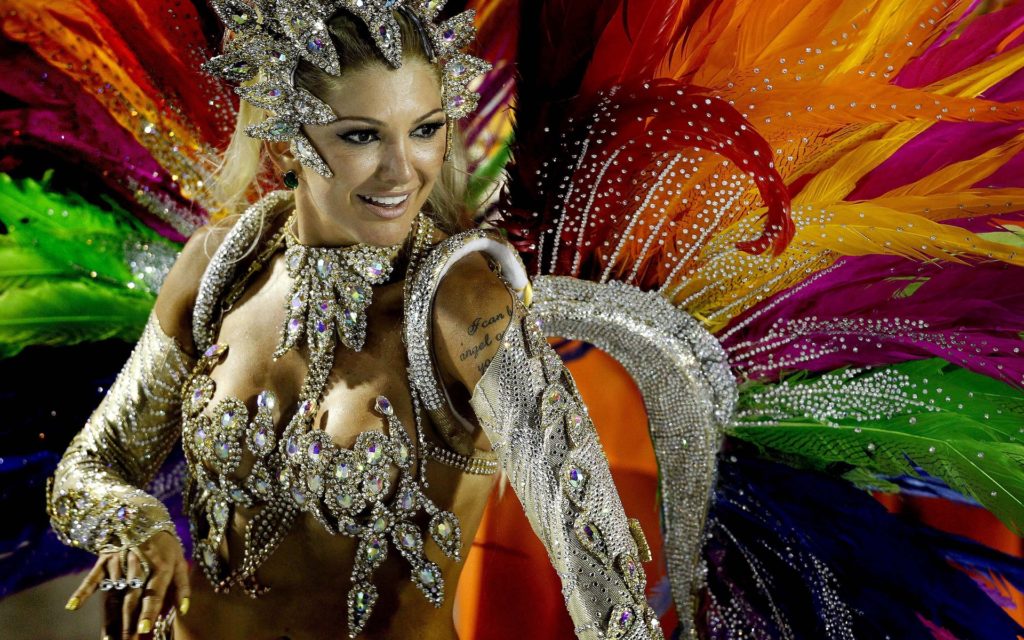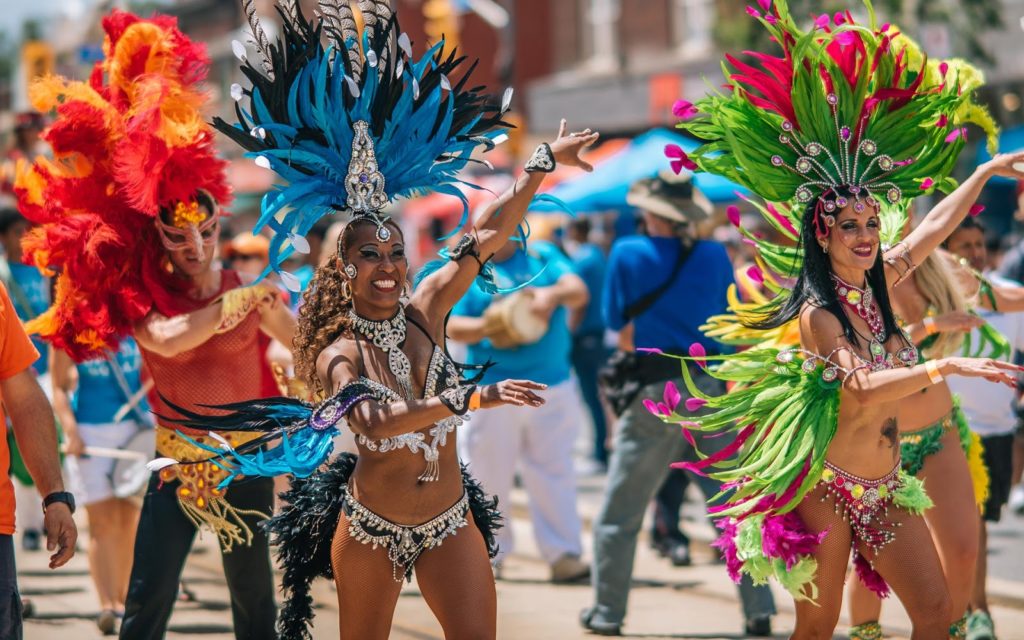The Brazilian Samba is a unique form of music that originated from Rio de Janeiro and is a style of dance that the Afro-Brazilians originally invented. Samba in simple terms refers to a musical ritual. In the earlier centuries, the word had a large variety of meanings to the African slaves brought to Brazil during those times. To some people it meant to pray to the spirits and ancestors of the African Pantheon. To others, it meant a cry or a complaint.
Varieties of Brazilian Samba
There are several different varieties to the Brazilian Samba. The Samba no pé is a dance performed as a solo. The dance follows the musical beat and can be fast or moderate paced. This is one of the most popular Sambas and the easiest to perform.
The Samba de Gafieira is a dance performed with a partner but it is quite different than the International Ballroom Samba. It can be described as a combination of the Tango and the Waltz. Through the years, acrobatic moves have been added to this dance.
Another well known Brazilian Samba is the Samba Axé. It is a newer solo dance that was started in 1992. It is choreographed and the moves in some way or form almost describe the words. It is a very high energy and entertaining dance. Other dances include:
- the Samba Pagode
- Samba Reggae
- Samba rock
- Samba de roda
Brazilians care about the traditional, cultural aspects of the Brazilian Samba so they continue to wear special clothing for different occasions, like Carnaval and other celebrations.

Samba Costumes
The traditional clothing differs throughout Brazil but the bombachas and the baiana dress are common elements that originated and can be still found. The bombachas is a baggy trouser made of cotton also referred to as gaucho pants. They are mainly worn by men but can be worn by woman. They are paired up with a white shirt, poncho, riding boots and a straw hat. The baiana dress is made of breathable fabric with gorgeous embroidery. The skirt flows to the ankles and is round and accented by head turbans, long colored shawls and a lot of beaded necklaces.
Samba costumes now are normally revealing, exposing the torso, legs, arms and shoulders and full of vibrant color. The Brazilian Samba is such an intimate dance that having less clothing adds accent to the movement. Accessories such as boas, head and neck pieces, gloves and heeled boots are also worn.

The Samba is the most popular forms of dance and music with the Brazilian people. It is such a representation of them because just as there are a wide variety of cultures in Brazil, the Brazilian Samba varies just like its people; always culturally influenced and always beautiful.

